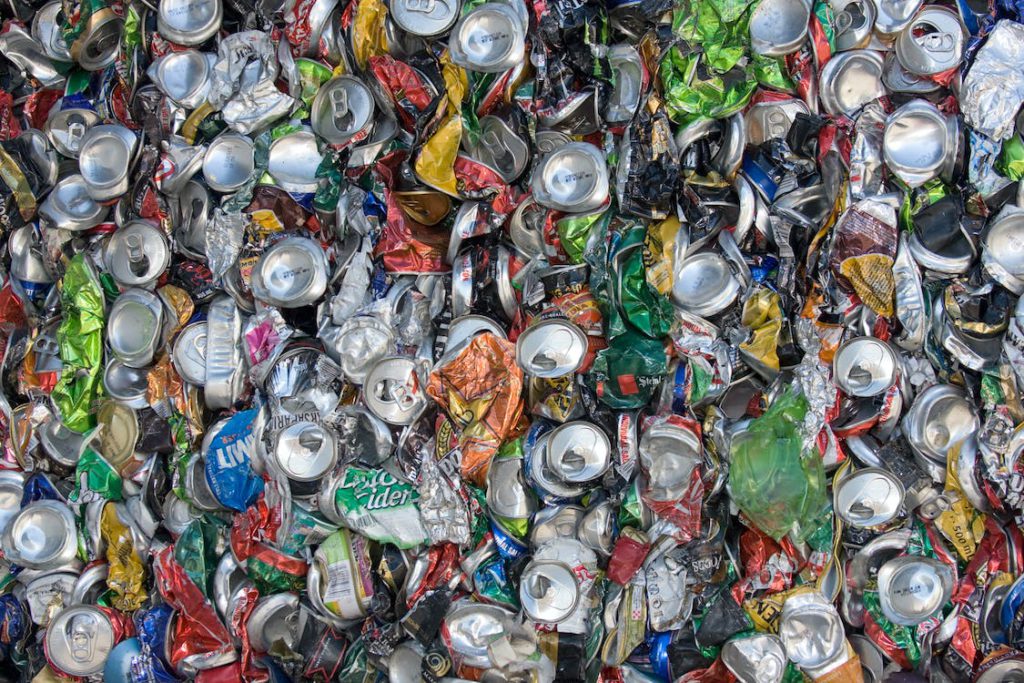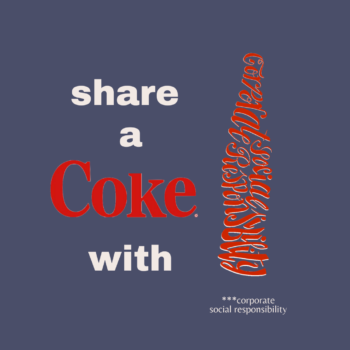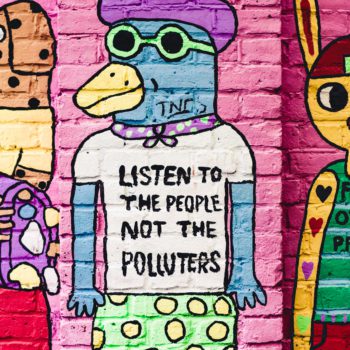|
|
Did you ever wonder if aluminum foil, the handy kitchen companion, can be recycled? In our daily lives, aluminum foil serves many purposes, from wrapping food to cooking and even insulating. Surprisingly, its recycling potential remains unknown to many, as well as its significant environmental impact. This article delves into aluminum foil recycling, highlighting its importance in building a more sustainable future.
The Need to Recycle Aluminum
Aluminum is a versatile material that can be recycled repeatedly without losing quality. By recycling aluminum, we can conserve natural resources, reduce energy consumption, and help mitigate the negative effects of waste disposal in landfills. Aluminum cans, in particular, are highly recyclable and can be easily converted into new aluminum products.
The Aluminum Association, an industry trade group, has actively promoted aluminum recycling and raised awareness about its benefits. With the right infrastructure and recycling programs, aluminum scrap can be collected and processed to make new aluminum products.

Is Aluminum Recyclable?
One of the remarkable characteristics of aluminum is its infinite recyclability. Unlike plastic, which degrades in quality after multiple recycling processes, aluminum can be recycled repeatedly without losing its properties. This is because the recycling process for aluminum involves melting it down and purifying it to remove any impurities. The resulting pure aluminum can then be used to make new aluminum products.
According to the Aluminum Association, the recycling rate for aluminum cans in the United States reached 45.2% in 2019. This means that over half of all aluminum cans were recycled, saving energy equivalent to 19 million barrels of crude oil and reducing carbon emissions by 3.7 million metric tons.
The Recycling Process
The recycling process for aluminum starts with collection. People can contribute to aluminum recycling by placing used aluminum cans and foil in designated recycle bins. These bins are then collected and sent to recycling plants, where the aluminum is sorted, cleaned, and processed.
The aluminum cans and foil are shredded at the recycling plant into small pieces and melted in a furnace. The molten aluminum is then purified to remove impurities and cast into ingots. These ingots can be used to make new aluminum products, such as beverage cans, car parts, or building materials.
The Environmental Impact

Recycling aluminum can significantly reduce the need for primary aluminum production, an energy-intensive and greenhouse gas-emitting process. Producing aluminum from raw materials like bauxite requires substantial energy and releases carbon emissions into the atmosphere.
Furthermore, recycling aluminum saves valuable resources. It takes about 95% less energy to produce aluminum from recycled materials than primary production. Additionally, recycling one ton of aluminum can save up to four tons of bauxite, the primary source of aluminum. This helps preserve natural resources and reduce the environmental impact of mining.
The use of recycled aluminum also has economic benefits. In the United States, recycling is like a money-making machine! The recycling industry here creates $117 billion in money every year. According to a report from the EPA in 2020, recycling and reusing stuff in the US give jobs to 681,000 people.
They earn about $37.8 billion in pay, and the government collects $5.5 billion in taxes from this recycling magic. Put, for every 1,000 tons of things we recycle, it makes 1.17 jobs. Recycling is not only good for the planet but also our wallets.
The Future of Aluminum Foil
While aluminum cans have a high recycling rate, aluminum foil recycling still has room for improvement. This is mainly due to the challenges in separating aluminum foil from other materials, such as plastic or paper. However, advancements in recycling technologies and increased awareness about the recyclability of aluminum foil are paving the way for its increased recycling potential.
Manufacturers are developing innovative solutions to make aluminum foil more recyclable. One approach is using coatings on aluminum foil that can be easily removed during recycling, allowing the aluminum to be efficiently recovered and reused. Coated aluminum foil has the potential to be recycled into a wide range of products, further reducing the demand for primary aluminum production.
Consumers can also play a crucial role in maximizing the recycling potential of aluminum foil. By properly sorting household waste, separating aluminum foil from other materials, and ensuring that it goes into the recycle bin, we can contribute to the recycling efforts. Small actions like these can make a big difference in reducing waste and preserving valuable resources.
Frequently Asked Questions
The future of aluminum foil recycling is promising as it can be recycled indefinitely, making it a highly sustainable and environmentally friendly material.
The recycling rate of aluminum is remarkably high, with approximately 75% of all aluminum ever produced still in use today.
Yes, aluminum foil can be recycled just like other aluminum products and is considered a valuable recyclable material.
Aluminum recycling has several advantages, such as reducing the need for virgin aluminum production, conserving energy, decreasing greenhouse gas emissions, and saving natural resources.
Globally, millions of tons of aluminum are recycled yearly, resulting in significant environmental benefits and cost savings.
Absolutely! Beverage cans, typically made of aluminum, are highly recyclable and should be placed in the recycling bin.
Recycled aluminum can make a wide range of products, including new aluminum cans, food containers, building materials, car parts, and even airplanes.
The process of aluminum recycling involves collecting the scrap aluminum, melting it in aluminum smelters to remove impurities, and then casting it into ingots or other desired forms for reuse.
The aluminum recycling process involves various parties, including waste haulers who collect the scrap aluminum, aluminum smelters who melt the aluminum, and manufacturers using recycled aluminum in their products.
Several companies, including Pepsi and Coca-Cola, have taken initiatives to promote aluminum recycling and increase the use of recycled content in beverage cans.
Conclusion
Aluminum foil has immense recycling potential due to its infinite recyclability and the efforts of the aluminum industry to promote recycling. By recycling aluminum, we can conserve resources, reduce energy consumption, and mitigate environmental impacts.
Manufacturers and consumers must support and participate in recycling initiatives to maximize aluminum foil’s recycling potential. Together, we can create a sustainable future where aluminum foil is no longer seen as waste but as a valuable resource to reuse.












